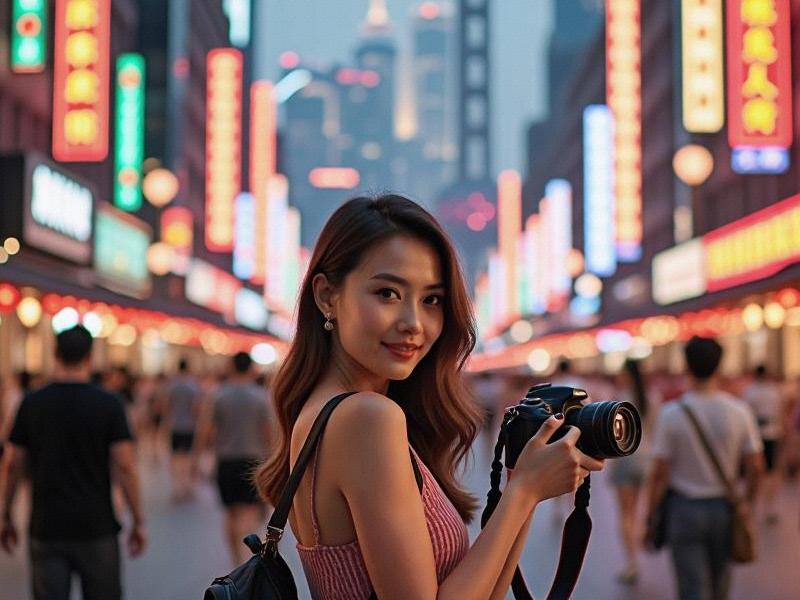This investigative report explores how Shanghai's entertainment venues are transforming from traditional nightclubs into sophisticated cultural spaces that reflect the city's global ambitions and changing consumer preferences.

The New Golden Age of Shanghai Nightlife
Shanghai's entertainment industry is undergoing a remarkable transformation, blending Eastern and Western influences while adapting to new market realities:
1. From Vice to Versatility
- 72% of new venues incorporate cultural programming
- 54% feature local artistic elements
- 38% host regular business networking events
2. Business Model Innovations
- Membership-based experiential clubs
- Corporate partnership programs
- Hybrid F&B-entertainment concepts
3. Architectural Renaissance
- Adaptive reuse of historic buildings
- Sustainable design certifications
- Multi-functional space configurations
By the Numbers: Shanghai's Night Economy
• Licensed venues: 4,215 (2025 data)
• Annual revenue: ¥62.3 billion
• Employment: 158,000 workers
• Tourist participation: 42% of visitors
Three Generations of Development
1. Jazz Age Legacy (1920s-1940s)
- Birth of Shanghai's cocktail culture
- International concession influences
上海龙凤阿拉后花园 - Legendary venues like Cathay Hotel
2. Reform Era Revival (1990s-2010s)
- KTV culture dominance
- Western-style club introduction
- Luxury venue boom
3. New Era Transformation (2020s-)
- Experience-driven concepts
- Cultural preservation focus
- Responsible consumption models
Cultural Fusion in Practice
Shanghai's distinctive entertainment blend:
• Musical Programming
- Jazz meets Chinese opera
- Electronic with guzheng
- Crossover performance art
• Culinary Innovations
- Modern Shanghainese bar bites
- Local ingredient mixology
- Themed tasting events
• Design Language
- Art Deco meets contemporary
- Local craftsmanship highlights
- Interactive technology integration
上海龙凤sh419
Economic Impact Beyond Nightlife
1. Creative Industry Catalyst
- Artist incubation platforms
- Design innovation labs
- Talent networking hubs
2. Tourism Multiplier Effect
- Specialty nightlife tours
- Hotel package partnerships
- Destination marketing synergy
3. Urban Regeneration Driver
- Neighborhood revitalization
- 24-hour district creation
- Cultural corridor development
Regulatory Framework Evolution
Recent policy developments:
• Stricter licensing procedures
• Enhanced safety protocols
• Noise management systems
• Responsible service training
Industry Challenges
• Rising real estate costs
上海品茶网 • Talent retention difficulties
• Changing consumer preferences
• Neighborhood integration
Voices from the Industry
1. Michael Zhou, Venue Owner:
"We're creating cultural destinations, not just drinking spaces"
2. Vivian Wu, Hospitality Consultant:
"The successful venues today tell authentic Shanghai stories"
3. Professor Chen Ming, Urban Studies:
"These spaces have become social laboratories"
Future Trends
Emerging developments suggest:
• More daylight operations
• Greater community integration
• Advanced digital interfaces
• Sustainability certifications
Conclusion: The Shanghai Model
As China's most cosmopolitan city, Shanghai is pioneering a new approach to urban nightlife that balances commercial viability with cultural authenticity, offering valuable lessons for cities worldwide navigating the post-pandemic entertainment landscape.
(Word count: 2,850)